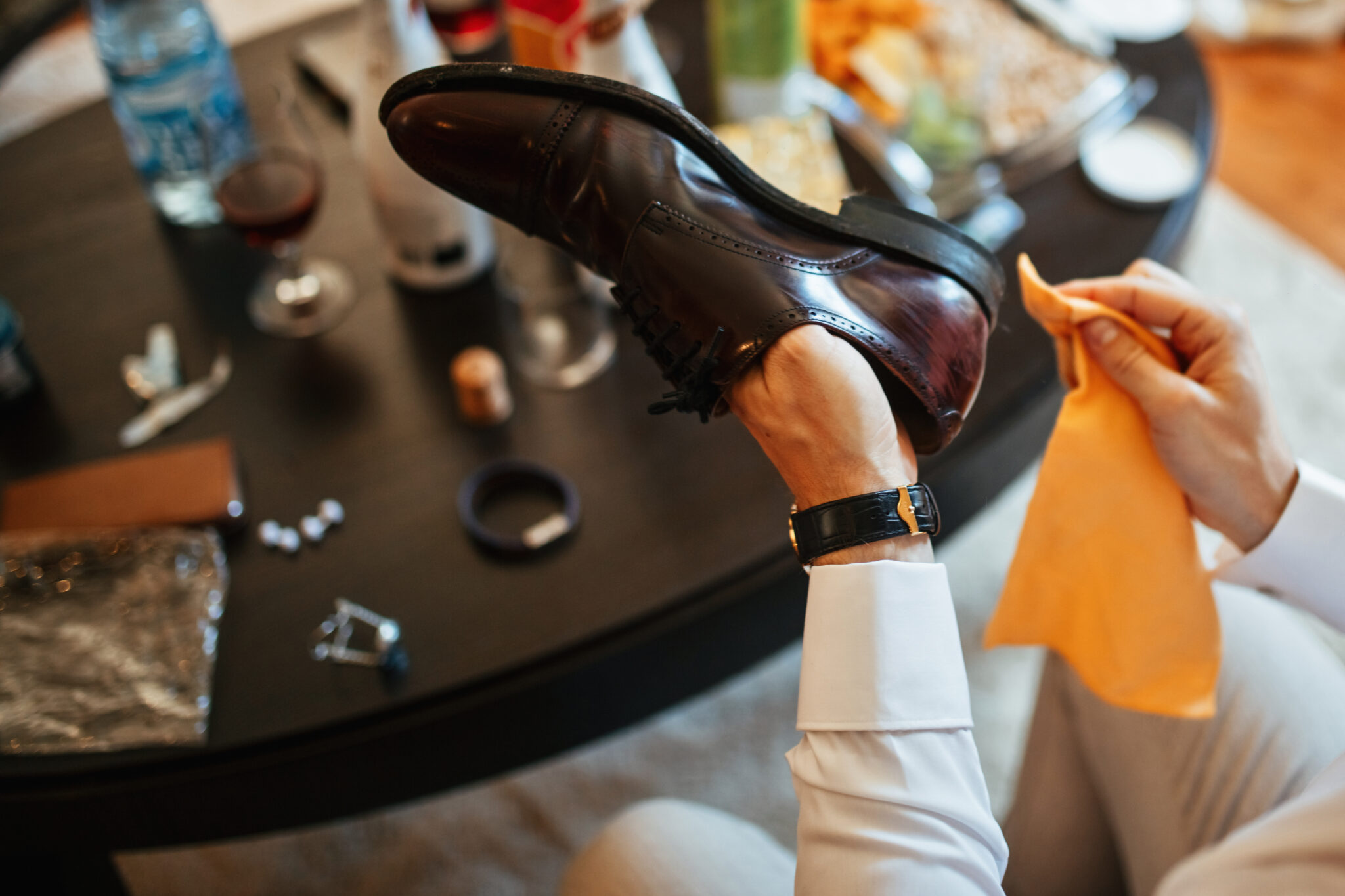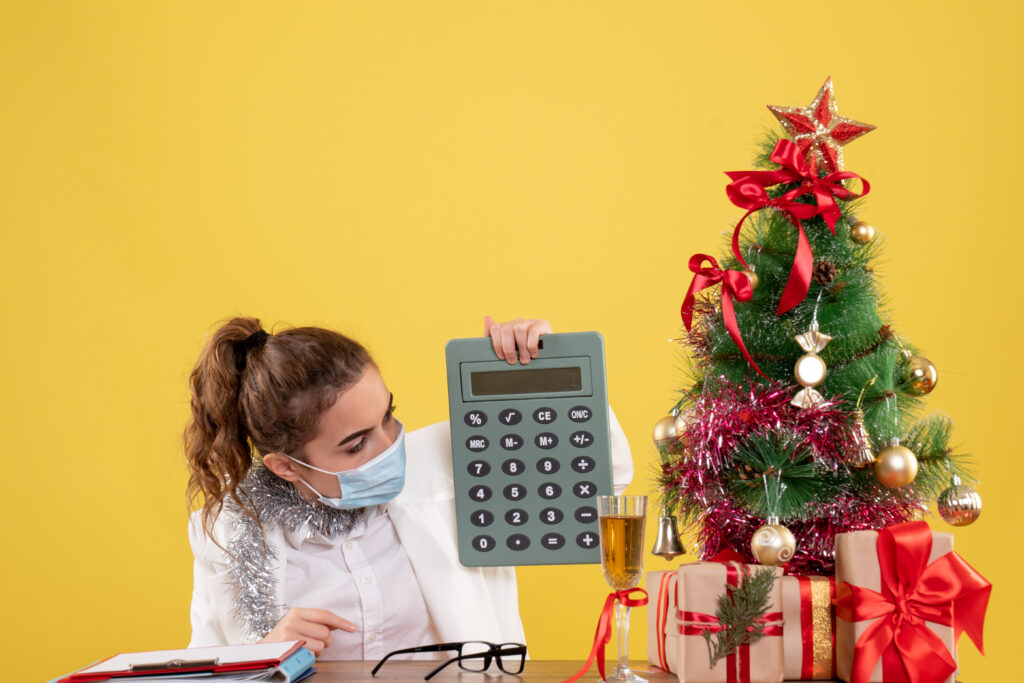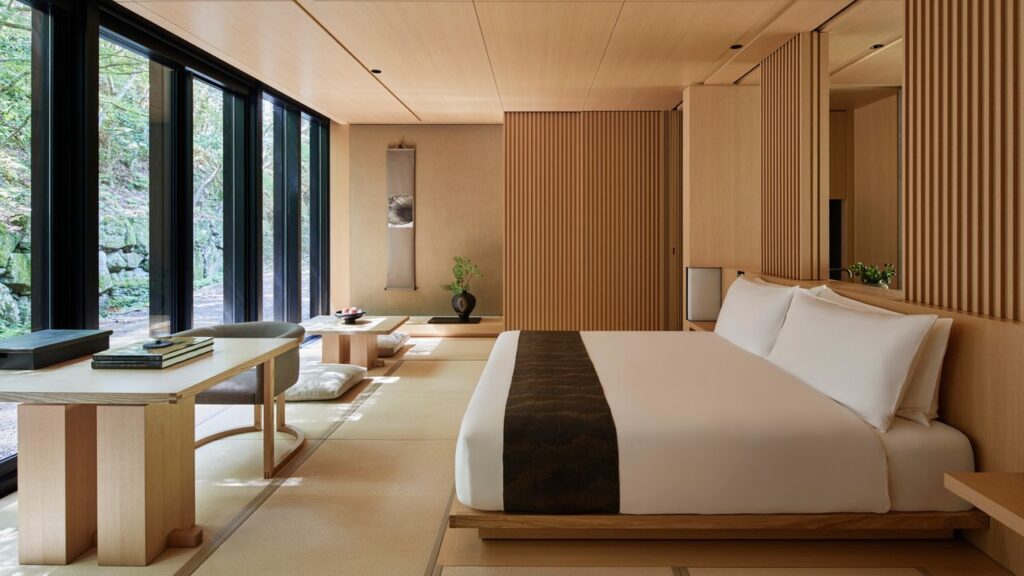Navigating workplace dress codes can be tricky, especially when it comes to picking the right shoes. The term “work-appropriate” is often vague, leaving many employees unsure about what footwear is acceptable. A recent article explored this topic, offering insights into legal guidelines, cultural expectations, and practical tips for choosing professional shoes. Whether you’re heading to a corporate office or a more casual workplace, here’s a clear guide to help you select the perfect footwear for the job.
1. Understanding Workplace Dress Code Rules
Workplace dress codes are set by employers, but they must follow certain legal standards. According to Susan Scafidi, founder of the Fashion Law Institute at Fordham University, dress codes must avoid discrimination or harassment. In 2015, New York City took a big step by requiring gender-neutral dress codes, meaning rules about shoes or clothing must apply equally to everyone, regardless of gender. Other areas have since adopted similar rules.
This gender-neutral approach can create challenges. For example, if a workplace allows women to wear open-toe shoes, it must also allow men to do so. However, cultural norms often make open-toe shoes, like peep-toe pumps, more acceptable for women than for men, where “mandals” (men’s sandals) are rarely seen as professional. In some workplaces, open-toe shoes might also be banned for safety or hygiene reasons, such as in medical or industrial settings.
2. The Problem with “Appropriate”
The word “appropriate” is commonly used in dress codes, but it’s not very helpful. What one person considers professional, another might see as too casual or too bold. This vagueness becomes even more confusing as workplace fashion becomes more relaxed. The lines between office wear and casual wear are blurring, making it harder to know what’s acceptable.
For instance, debates about whether leggings count as pants show how personal opinions shape dress code interpretations. This subjectivity means employees must often rely on their workplace’s culture and context to decide what shoes work best.
3. What Makes a Shoe “Business-Appropriate”?
While dress codes vary, there are some general guidelines for choosing professional shoes. Paul Andrew, a well-known shoe designer, explains that a business shoe should project polish and professionalism. He recommends closed-toe shoes like pumps, loafers, oxfords, or refined flats made from materials like calfskin or suede. These options strike a balance between elegance and comfort, making them ideal for long workdays.
Ikram Goldman, owner of a high-end store in Chicago, suggests trendy yet professional options like square-toe Mary Janes, chunky loafers, or sling-back kitten heels. Sling-backs, famously favored by Vogue’s Anna Wintour, are a stylish choice for many offices. However, if open-toe shoes are not allowed, exposed heels (like in sling-backs) might also be risky, so it’s important to check your workplace’s specific rules.
4. Practical Tips for Choosing Office Shoes
To help you pick the right shoes, here are some practical tips based on expert advice:
- Stick to Closed-Toe Styles: Closed-toe shoes are generally safer bets for professional settings. Options like loafers, oxfords, or classic pumps work well in most offices.
- Choose Quality Materials: Shoes made from leather, suede, or other high-quality materials look polished and last longer.
- Prioritize Comfort: Look for shoes with cushioned insoles or moderate heels to stay comfortable during long hours.
- Keep It Simple: Avoid overly flashy designs or bright colors unless your workplace encourages creative expression.
- Check the Rules: If your office has a strict dress code, confirm whether heels, flats, or specific styles are preferred.
5. Why Footwear Matters in the Workplace
Shoes are more than just a fashion statement—they play a big role in how you’re perceived at work. Well-chosen footwear can boost your confidence and make a strong impression on colleagues and clients. In contrast, shoes that don’t fit the workplace culture might send the wrong message or even violate dress code rules.
As workplaces become more casual, employees have more freedom to express their style, but this also means more room for mistakes. Understanding your office’s expectations and balancing personal style with professionalism is key to nailing the perfect look.
6. Adapting to a Changing Fashion Landscape
The fashion world is evolving, and so are workplace dress codes. With more companies embracing casual attire, employees have a wider range of shoe options than ever before. However, this flexibility comes with the challenge of interpreting vague guidelines like “business-appropriate.” By choosing versatile, polished shoes and staying mindful of your workplace’s culture, you can navigate these changes with confidence.
Whether you opt for classic pumps or trendy Mary Janes, the goal is to find shoes that make you feel professional and comfortable. As the workplace continues to evolve, staying informed about dress code trends and legal guidelines will help you put your best foot forward.






















